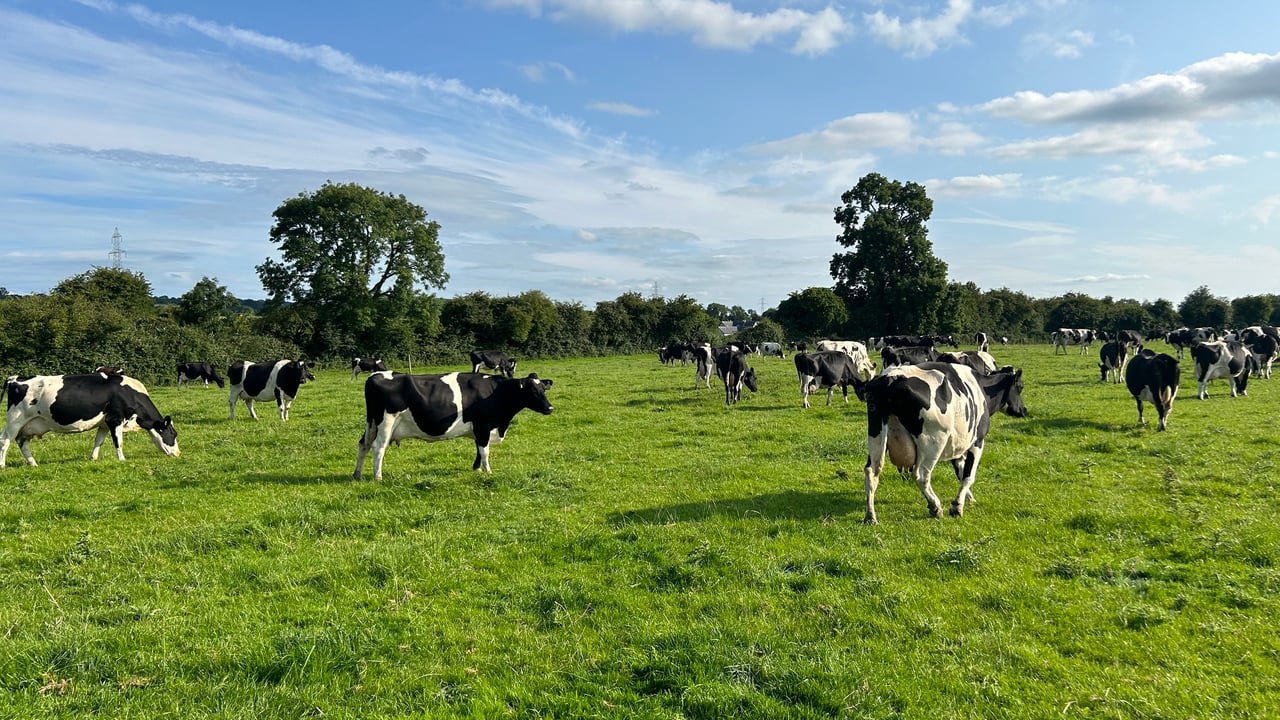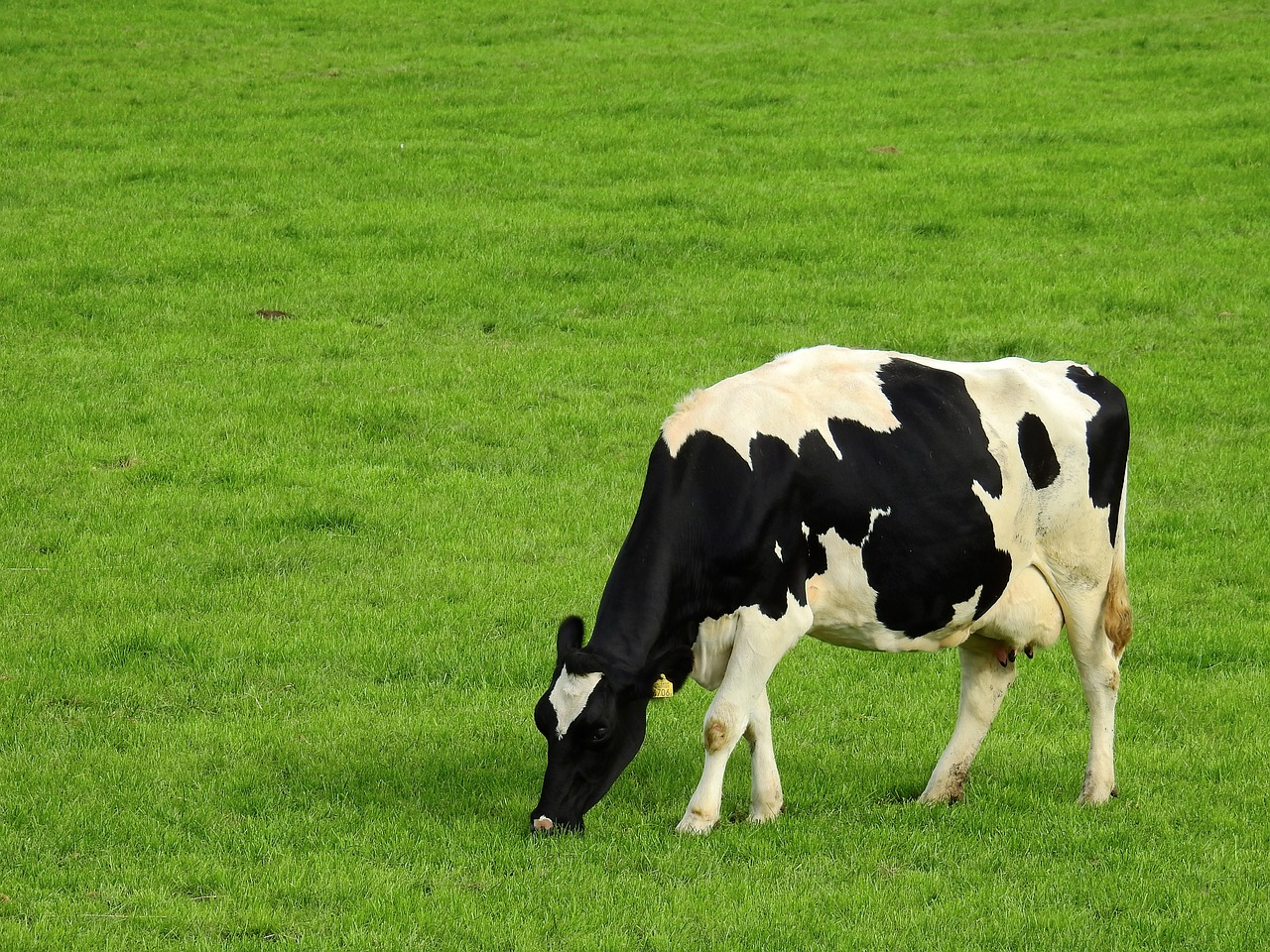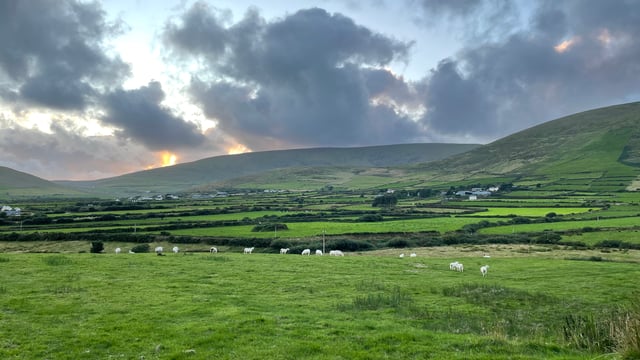Managing a grass surplus and time to start building autumn covers
Grass growth sees most farmers go into surplus as mowers and balers take to farms.
Grass growth over the last couple of days has really been driven on, thanks to mild and damp weather, which means that most farmers are now trying to quicken up the rotation and increase demand to manage grass quality.
Being out and about to farms over the last couple of weeks and especially over the last couple of days, Agriland has noticed that a lot of farmers have been taking out two to three paddock each rotation just to keep quality ahead of cows.
It is important at this stage of the lactation to keep quality grass and optimal covers of 1,400kg of dry matter (DM)/ha ahead of cows to keep protein constituents and milk volumes up.
According to Pasturebase Ireland, average growth rates across the country are just shy of 70kg DM/ha with demand at 51kg DM/ha.
At current growth rates, holding a 20-day rotation would ensure that cows are going into covers of 1,400kg DM/ha, but if growth exceeds 70kg DM/ha, farmers may have to drop it back to 19 days by taking out more paddocks for bales.
At current growth rates, there are going to be one or two paddocks on the farm that will inevitably get too strong - exceeding 1,600kg DM/ha - and which need to be mowed and baled as soon as possible.
Taking these paddocks out when grass growth is high ensures that you are correcting quality, making high quality bales and getting a growth response from the paddock as long as nutrients in the form of nitrogen, phosphorus and potassium are replaced.
The average diet across the country is still strong, with 15.3kg of grass DM, 3.5kg of meal, and pre-grazing yields sit at 1,535kg DM/ha.
However, at current growth rates, there is still room for improvement here.
For some systems, there may be an opportunity to drop a kilo or two of meal in the diet to increase grass DM intake, increase grass demand and decrease the pre-grazing yield.
Farmers still need to ensure that cows are grazing down to tight residuals of 4cm to maintain quality regrowth on swards as we approach the middle of August.
Building covers in August is important in order to achieve extra days at grass in the autumn, and to extend the rotation from early August by 2.5 days/week.
Farmers must aim to go from a 21/22-day rotation in late July to a 30-day rotation by September 1, in order to build covers around the farm.
In order to achieve this, farmers must build peak farm cover in early September, to ideally 350-400 kg DM/cow and 1,100 kg DM/ha average farm cover (AFC) or 900 kg DM/ha AFC on heavy soils farm.
To build grass, take the following steps:
- Increase grazing area - bring in silage ground/reseed ground;
- Reduce demand;
- Remove young stock or surplus stock;
- Supplement with meal and/or silage;
- Complete a grass budget for the autumn and continue to walk the farm weekly.
Extending the autumn grazing period is worth over €2/cow/day and reduces labour requirements on farms and the key to achieving this is getting the rotation length right.
The autumn grazing targets for different stocking rates according to Pasturebase Ireland are as follows:
| Cover/cow (kg DM) | AFC (kg DM/ha) | Rotation length (days) | |
|---|---|---|---|
| 2.5 Lu/ha | |||
| August 1 | 220 | 550 | 20 |
| Mid August | 240 | 600 | 25 |
| September 1 | 300 | 750 | 30 |
| 3.0 LU/ha | |||
| August 1 | 200 | 600 | 20 |
| Mid August | 250 | 750 | 25 |
| September 1 | 330 | 1,000 | 30 |
| 3.5 LU/ha | |||
| August 1 | 200 | 700 | 20 |
| Mid August | 240 | 850 | 25 |
| September 1 | 300 | 1,050 | 30 |
Nitrogen application should be 25-30 units/N/acre for August, but farmers need to keep an eye on their fertiliser allowance. Half rate N or dairy washings should be used on grass clover paddocks.
Even though growth rates are still very strong and the weather is still playing ball and conditions continue to be very favourable, farmers need to keep one eye on building covers and rotation length to ensure they are growing grass for next spring.






